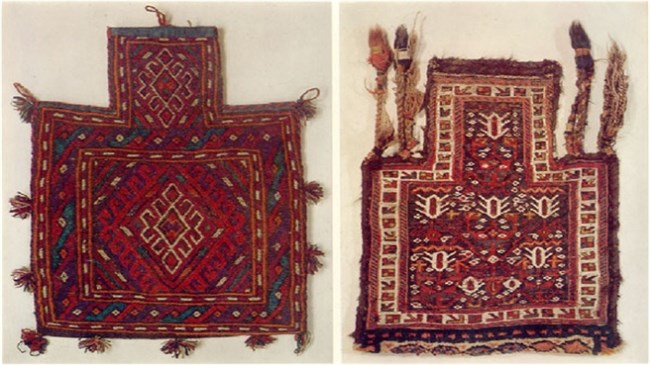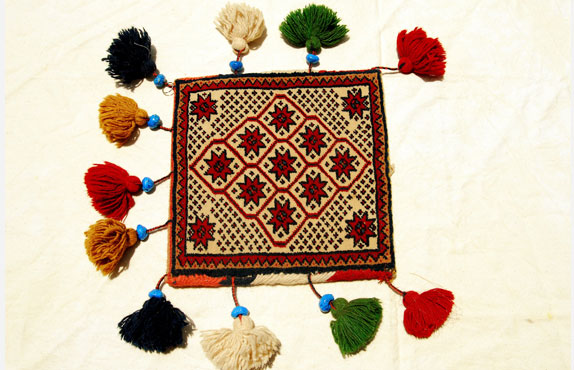Live
فارسی
عربي
ورود از طریق شبکه های اجتماعی
- استفاده مختص کاربران دارای هویت واقعی محرز شده نزد این پایگاه میباشد.
- این سایت در ستاد ساماندهی و بخش جرائم رایانهای دادگستری به ثبت رسیده است.
- گزارش تخلفات احتمالی این سامانه توسط کاربران الزامی می باشد
- کاربران باید طبق قوانین این سامانه که برگرفته از قوانین جرائم رایانه ای می باشد فعالیت کنند
- نام کاربری شما تکراری می باشد


 In Persian culture, salt is a valuable blessing, associated with thankfulness. Iranians frequently refer to worthless individuals who use salt yet break the salt container with the saying "Namak Nashnas" (a person who does not appreciate Namak).
In Persian culture, salt is a valuable blessing, associated with thankfulness. Iranians frequently refer to worthless individuals who use salt yet break the salt container with the saying "Namak Nashnas" (a person who does not appreciate Namak).










